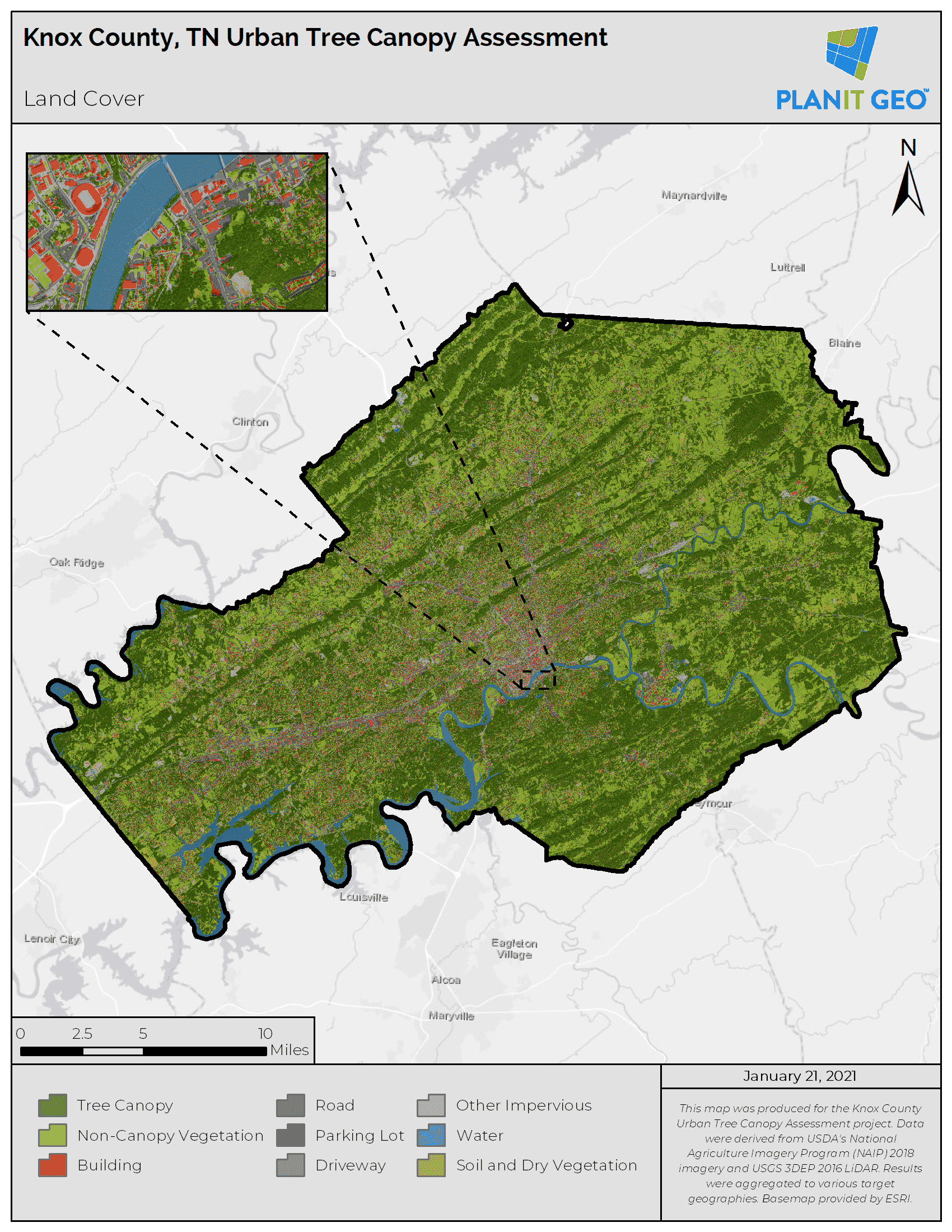How To Set Effective, Evidence-Based Urban Tree Canopy Goals
Learn why urban tree canopy goals are powerful tools for urban forest management and how to set a goal that is both empirical and ambitious.
April 20, 2021 | Alec Sabatini
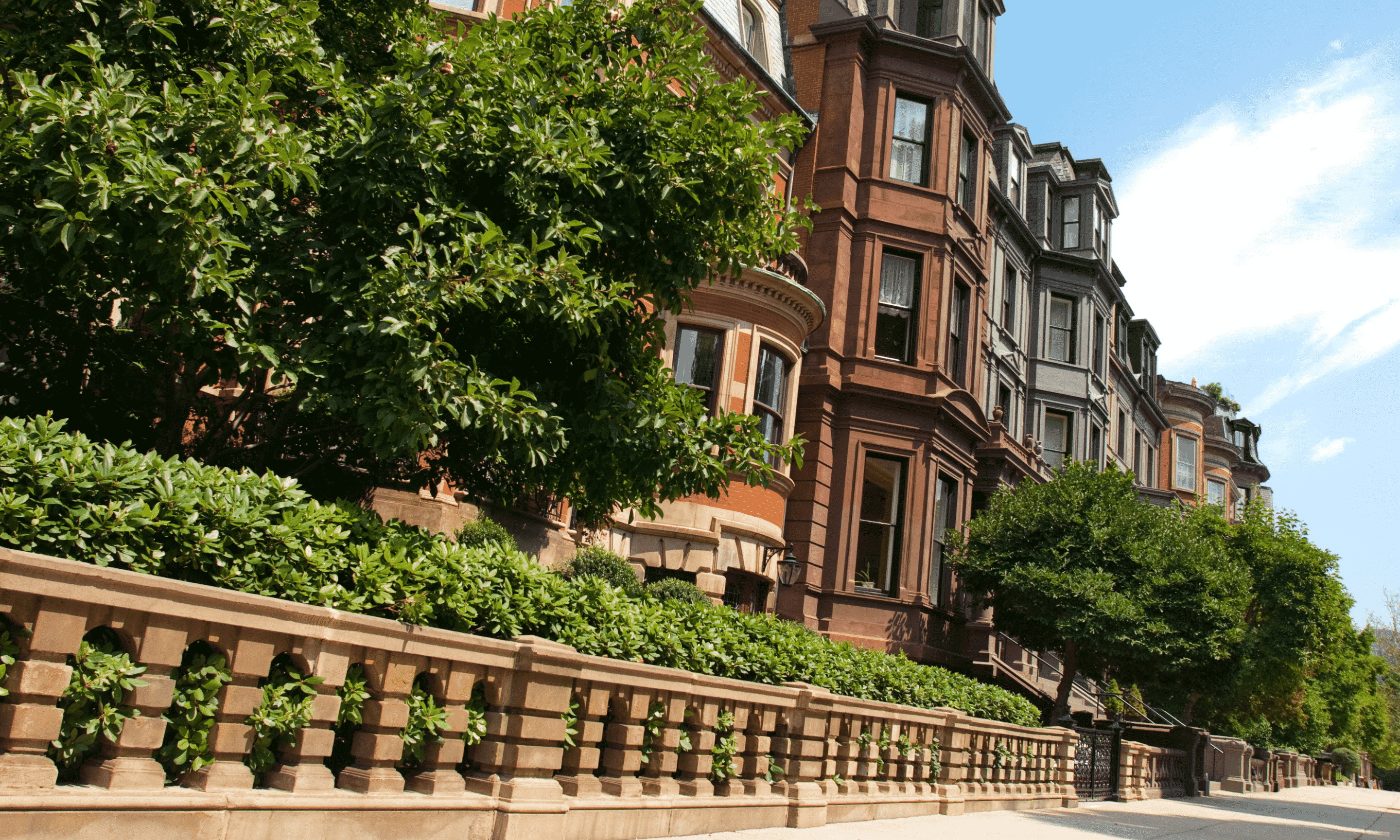
Urban tree canopy goals must walk a careful line of ambition, inspiration, and practicality. To encourage well-informed canopy cover goals we have assembled some best practices to help communities find the right target for them.
“Many cities set goals — some based on careful study of current canopy, community needs, and availability of planting space. They follow the principle of “right tree, right place.” Others, based on the principle that more trees are better than fewer, set ambitious campaign goals, then work to mobilize efforts to meet it.”
The Status of Urban Tree Canopies
Measuring, tracking, and improving urban tree canopies is an essential component of sustainable urban living. As the world’s population continues to urbanize the value of healthy UTC is only going up. Unfortunately, the global urban canopy trend is moving in the opposite direction. A worldwide analysis showed urban forest cover on average is slightly, but significantly decreasing.
The United States is also losing urban tree canopy, to the tune of 175,000 acres or 36 million trees a year. That represents a loss of $96 million in tree benefits a year, and those benefits, like heat reduction and public health improvements, are growing in necessity.
“By knowing the amount of and direction in which urban tree cover is moving, urban forest management plans can be developed to provide desired levels of urban tree cover and forest benefits for current and future generations.” (source)
Every Quantifiable Goal Needs a Baseline
Before setting a tree canopy cover goal, the current coverage must be understood via an Urban Tree Canopy assessment. There are multiple methods for completing a UTC assessment that vary in scope and output, such as point sampling and high-resolution land cover mapping.
An Urban Tree Canopy Assessment will quantify the extent or footprint of the urban forest, most commonly expressed as the percentage of a defined area. Depending on the assessment method, a UTC Assessment will also offer additional geospatial information, including other land cover percentages and possible planting areas (PPA).
For an example of all that UTC assessment can provide, check out PlanIt Geo’s UTC Assessment Report for the City of Colorado Springs. The assessment analyzed the City’s UTC and PPA at multiple geographic scales and compared imagery over a 20 year period to track canopy change. The findings showed tree canopy increased 3% from 1999 to reach a peak of 17% in 2015. The UTC was made up of an estimated 270,000 trees that are providing $198 million in benefits. This information was invaluable to the urban forest management planning process that followed.
Once you know the baseline canopy coverage, it is possible to start working on a future canopy cover goal. UTC assessment should be a periodic process and experts recommend they be conducted every 5 to 8 years to track canopy change, assess performance, and adapt priorities to changing needs and budgets.
Factors That Influence Urban Tree Canopy Goals
After you know what you have to work with, there is a wide variety of factors that are useful in setting an effective canopy goal. There is not one optimal percentage for urban tree canopy cover, but instead, each community must weigh the desired benefits against the costs of planting and maintaining the increase in canopy.
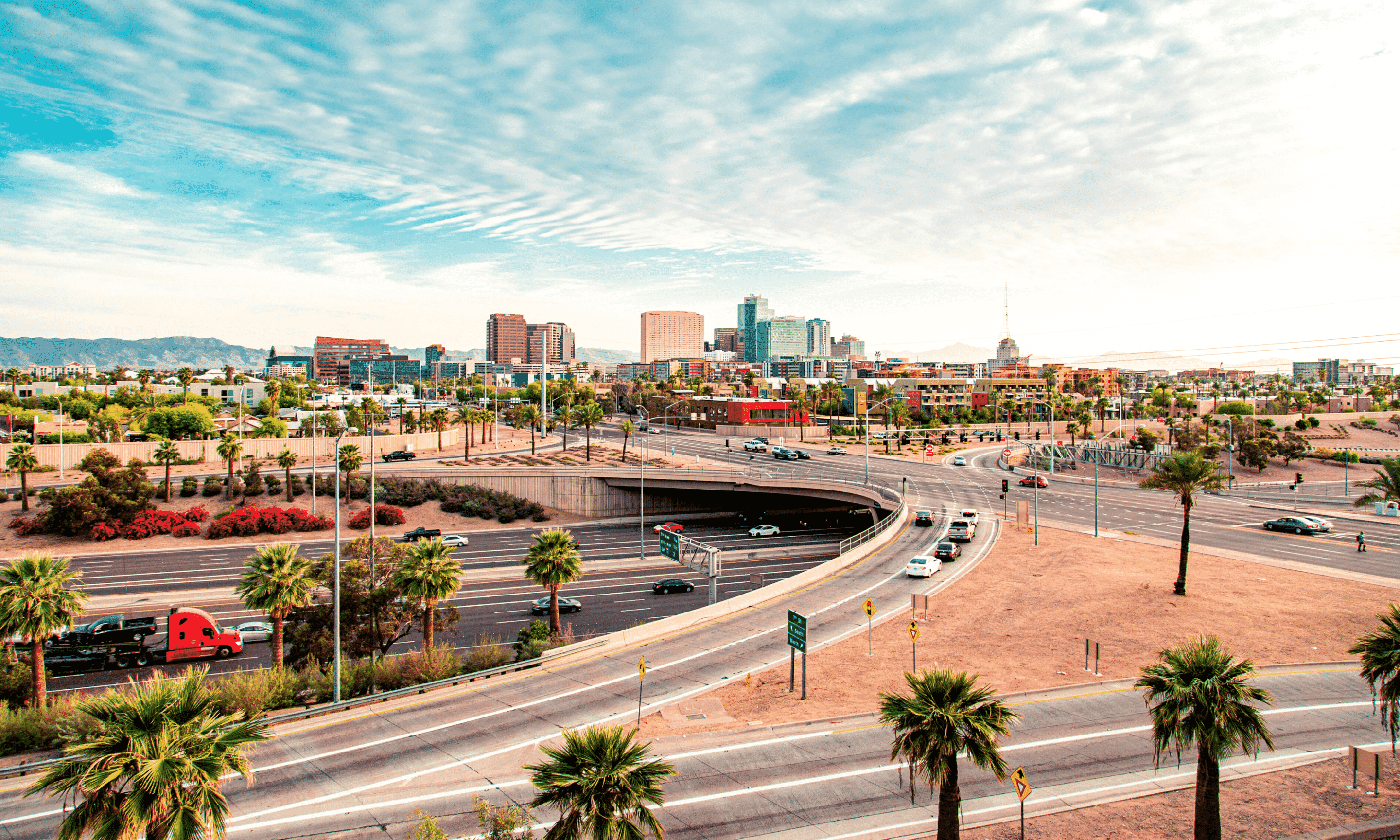
Geographic Considerations
While not a hard limit, climate should be used to frame the goal-setting process. Global analysis shows the average urban tree cover in forested areas is 30%, 18% in grasslands, and just 12% in desert areas. This compilation of canopy cover goals provides a clear demonstration of the influence geography and climate can play on urban canopy targets.
Though every place has its own unique mix of population density, development, industry, climate, and forestry dreams, finding comparative communities that have completed a UTC assessment can also be a major help in establishing an informed canopy cover goal.
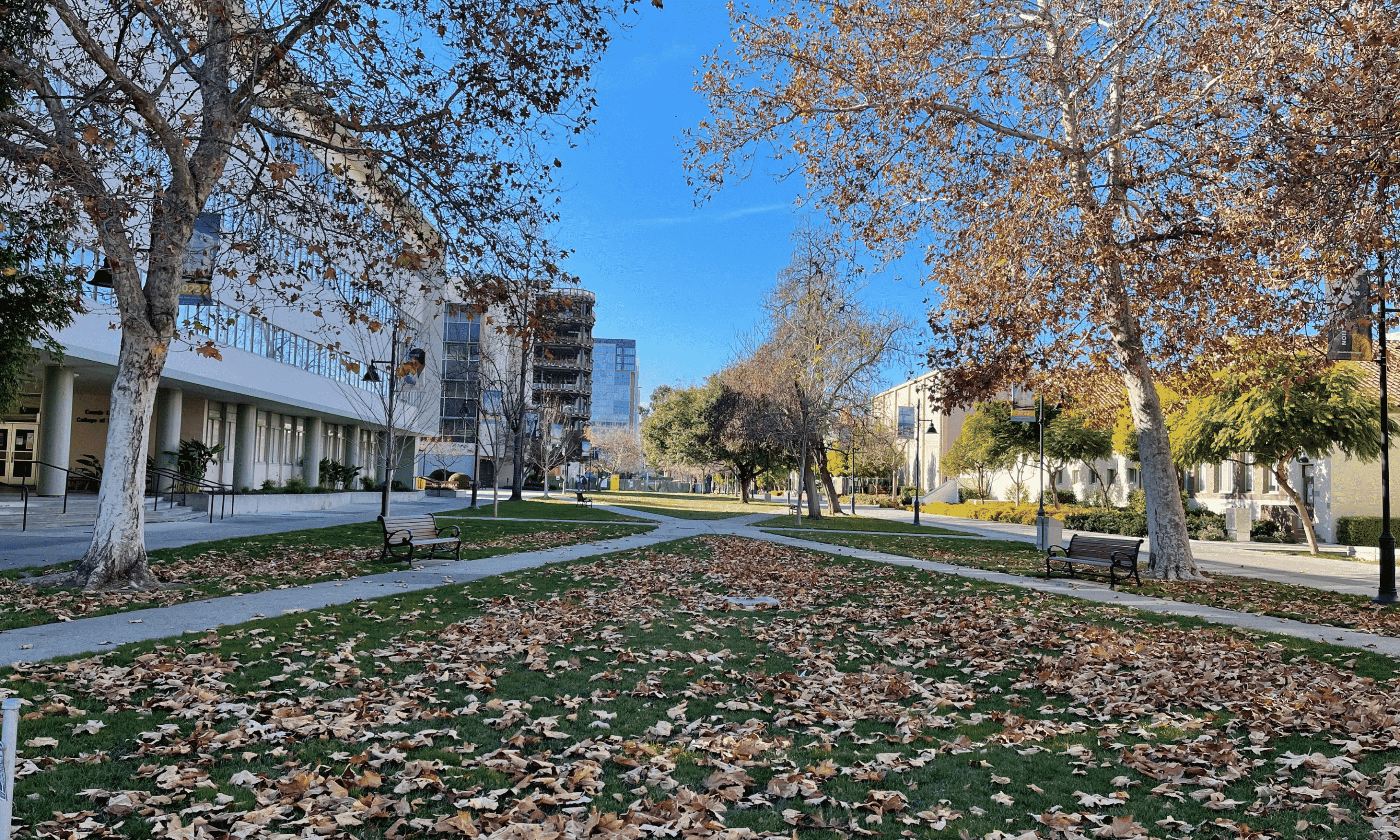
Physical and Financial Possibilities
How many more trees are actually possible? Additionally, how much of the plantable land identified in the UTC assessment is public vs private? The answers to these questions can and should steer the canopy cover goal-setting process.
Funding availability will of course also dictate how much canopy growth is possible. Tree planting is only the beginning and any ambition of planting targets must be paired with equally ambitious tree management plans. Such considerations will help avoid an overly aggressive goal, which can lead to staff frustration, volunteer burnout, and funder fatigue.

Local Challenges
What are issues in the community that can be positively influenced by increased urban tree canopy? This question should always be at the heart of setting a coverage goal, as it is the very purpose for the goal itself. Working backward from the desired outcomes of increased UTC will ensure the coverage goal is targeted on what matters most, be it lower downtown temperatures or improved access to greenspace.
Understanding the most pressing local issues is best done by supporting a UTC assessment with the engagement of a multitude of stakeholders. When Tacoma, Washington set its urban canopy growth goal of 30% by 2030, it supported the planning process with a robust research phase that included online surveys and public meetings to better understand community needs and interests.
Selecting A Percent Canopy Cover Goal
There are admittedly a ton of components to consider when setting a canopy cover goal. Luckily there are decision support tools that can simplify this process, such as TreePlotter™ CANOPY.
CANOPY integrates the information gathered from UTC assessments and tree inventories and creates easy-to-use visualizations of canopy distribution and planting space. CANOPY also includes functions that show how new plantings will address environmental or socioeconomic issues and test different planting scenarios.
Will it take 1,000 or 10,000 trees to make meaningful progress on the top municipal issues? Testing out different planting hypotheses with software can be a tremendous help in setting an evidence-based canopy cover goal. Through assumptions, a municipality can narrow down to a percent canopy cover that represents an aspirational but manageable amount of new plantings.
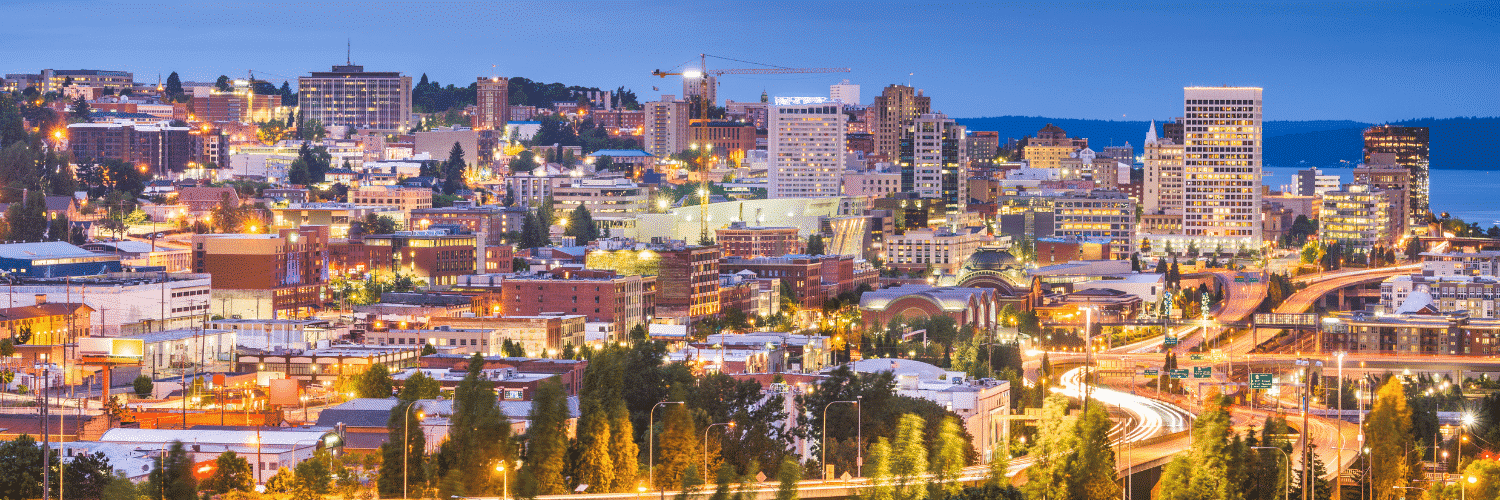
A Canopy Cover Goal Is Just The Beginning
Establishing a canopy cover goal is usually the beginning of the process to define and adopt an official planting strategy that will be included in an urban forest management plan. It is a crucial first step though, and a tree canopy goal is a powerful tool. It helps prioritize forest management actions, motivate the public and officials, and inspire funding and stewardship.
“Tree planting should be methodically planned with a specific purpose in mind. The first step in developing a planting strategy is to define the goals.”
–Chris Pieffer, Director of Urban Forestry Consulting Services, PlanIT GEO
PlanIT Geo has TreePlotter™ Software Suite, purpose-built to make processes like setting urban canopy cover goals easier. We also have experts on hand to guide communities through understanding their urban forest in terms of what they have, what they want, and how to get there.
Supporting Urban Forests Around the World
PlanIT Geo specializes in supporting urban forest management with holistic solutions, including urban tree canopy assessments, management plans, tree inventories, and software that best serve your community’s needs and goals.
Related Resources
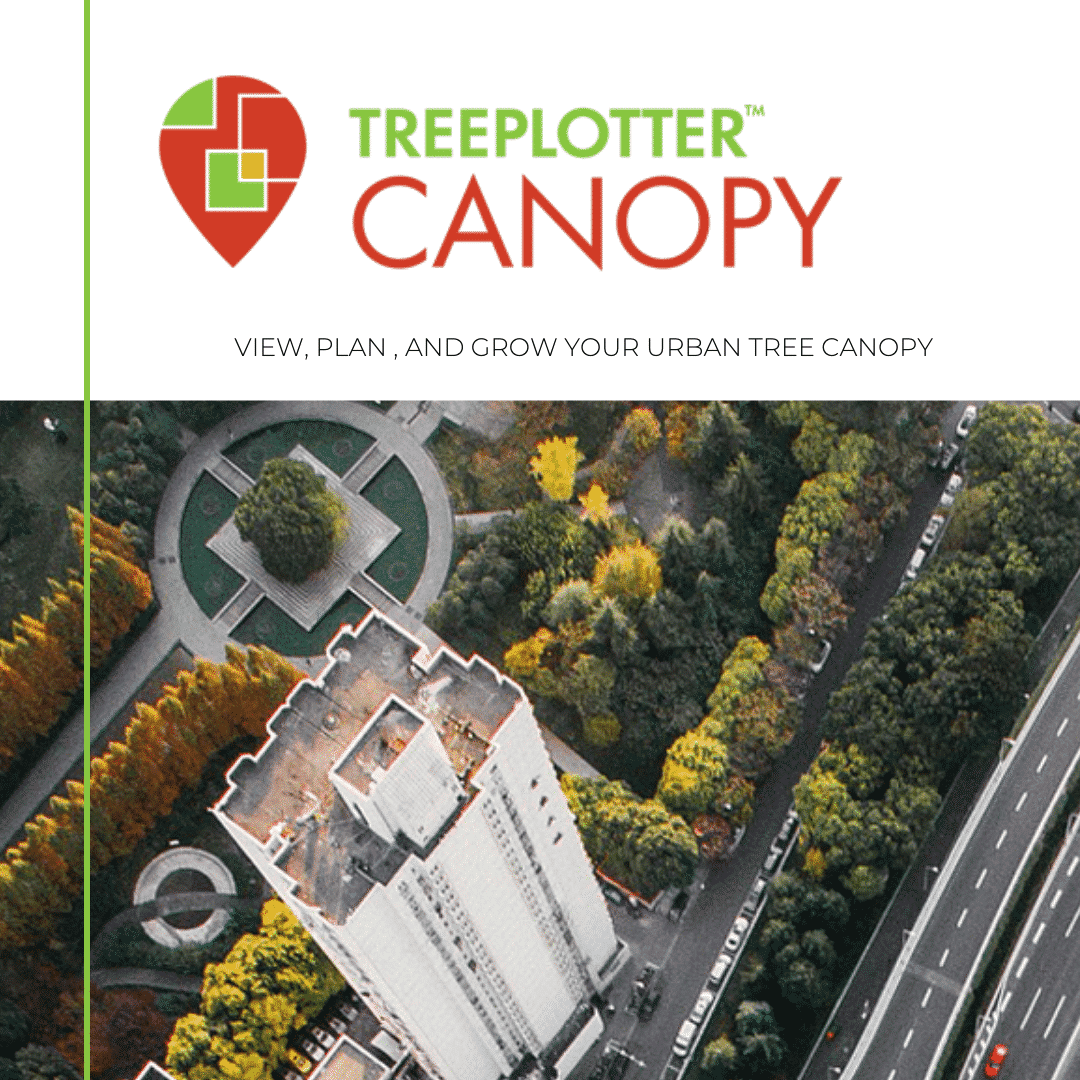
Get to Know TreePlotter™ CANOPY
We are changing how cities map, manage, and measure their urban tree canopy. Check out all of the NEW features, costs, and delivery timelines for our industry-leading software.

Urban Tree Canopy Assessments Blog Series
In this 4 part series you will learn what a customized urban tree canopy assessment is, how it is conducted, and the numerous benefits for your community.
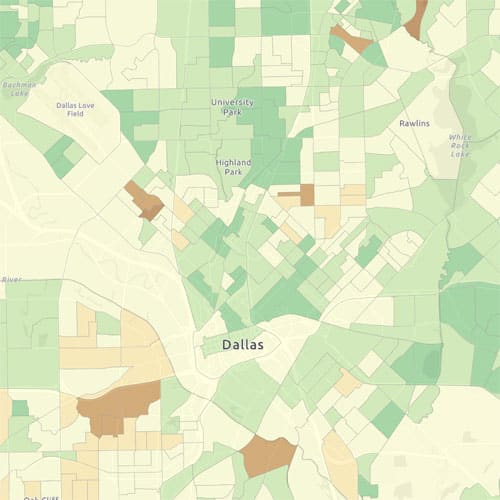
Tree Canopy Data NOW
Urban tree canopy assessment data, metrics, and software for every city and county in the USA. Available right now, off the shelf.
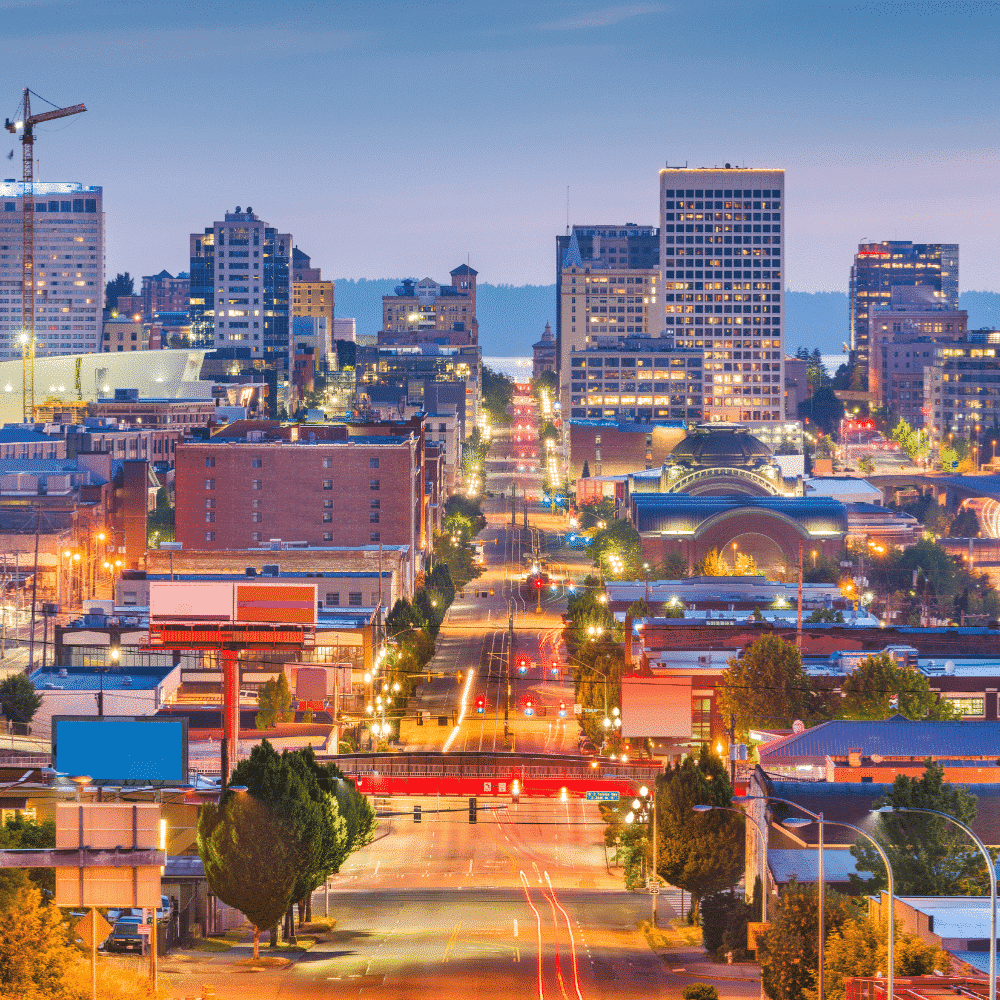
Urban Forestry Management Plan
Tacoma’s urban forest is a valuable asset that, if planned well and cared for properly, will support the health and well-being of the community for generations to come. A healthy urban forest contributes to vibrant, vital, and sustainable communities while promoting public health and safety.
Stay Up To Date With The Latest News and Events
Join Our Community
Stay informed on the urban forestry industry with our monthly TREEbune newsletter, live webinars, and industry-specific content delivered to your inbox.
Urban Forestry Webinars
PlanIT Geo has a substantial on-demand webinar library. Get CEU credits, grow your knowledge base, and stay current on cutting edge industry technology.
Follow Us
We love to share industry-related news, software tutorials, blogs, and company news across our social channels.
Stay Up To Date With The Latest News and Events
Join Our Newsletter
Stay informed on the urban forestry industry with our monthly TREEbune newsletter, live webinars, and industry-specific content delivered to your inbox.
Urban Forestry Webinars
PlanIT Geo has a substantial on-demand webinar library. Get CEU credits, grow your knowledge base, and stay current on cutting edge industry technology.
Follow Us
We love to share industry-related news, software tutorials, blogs, and company news across our social channels.

